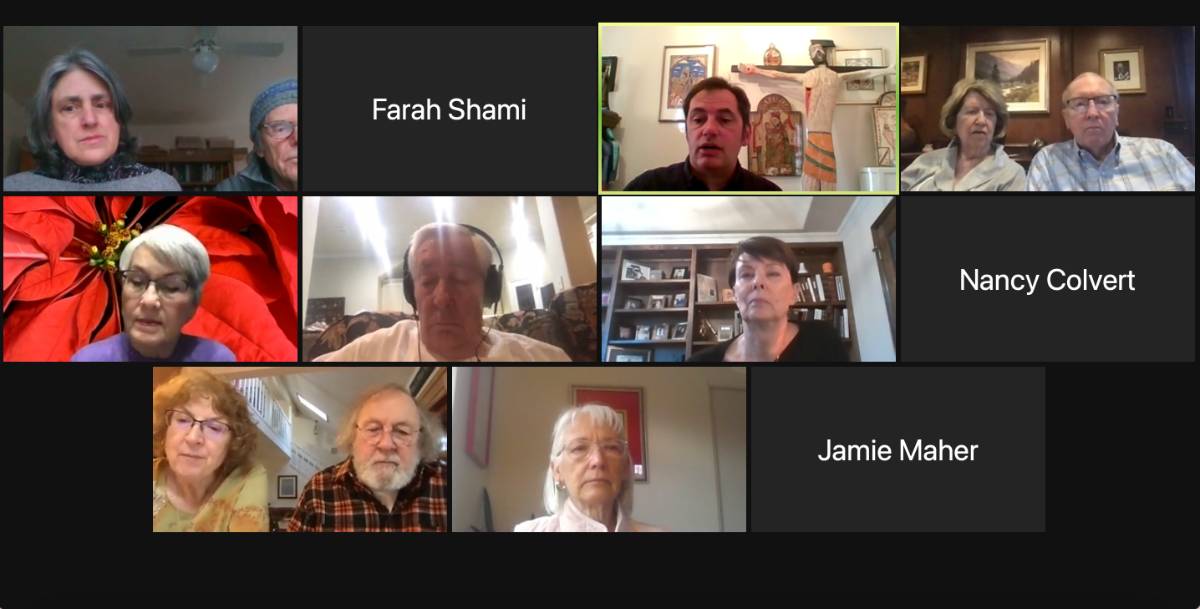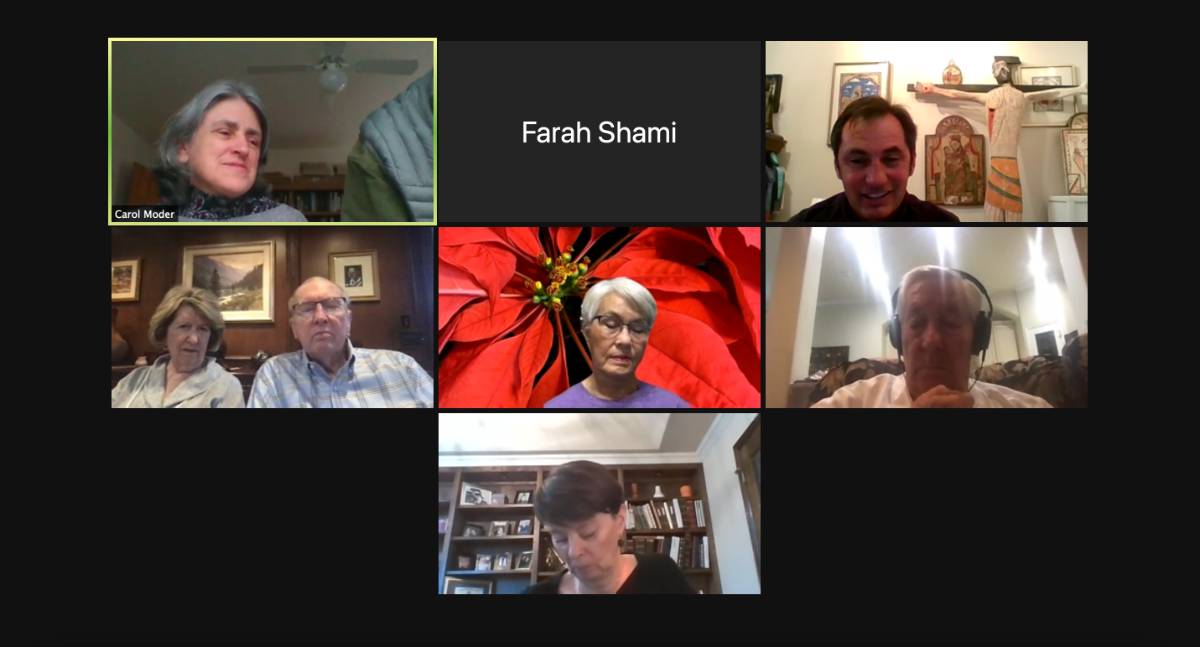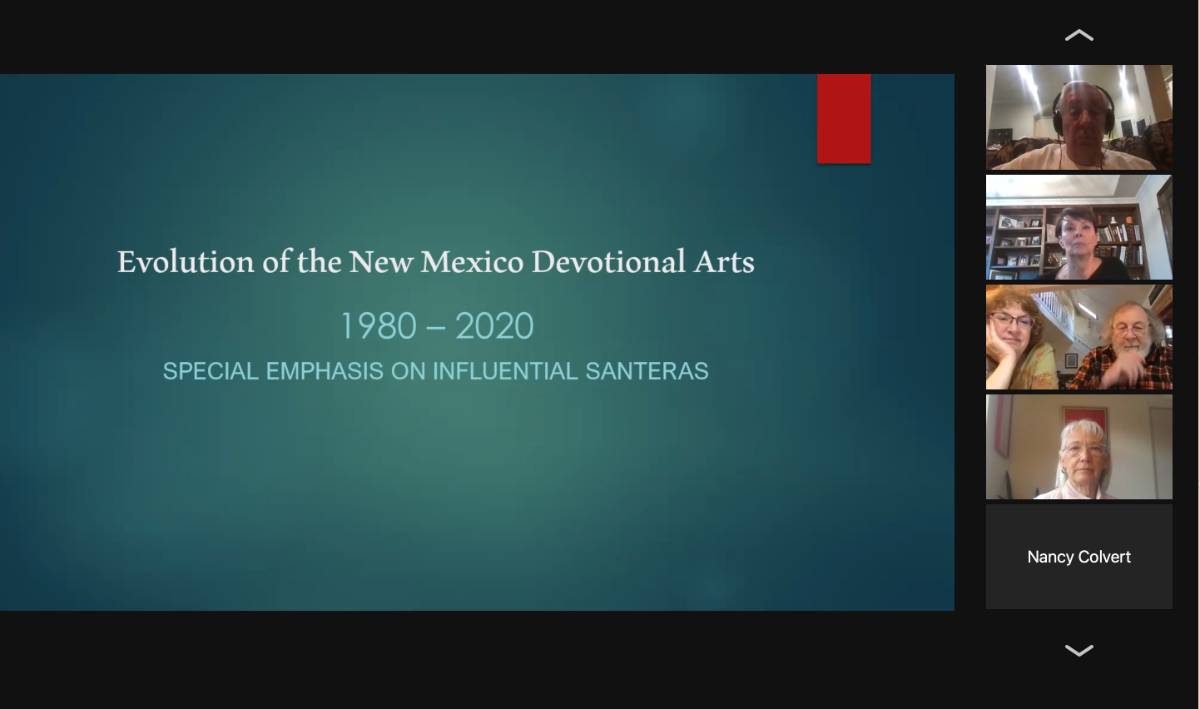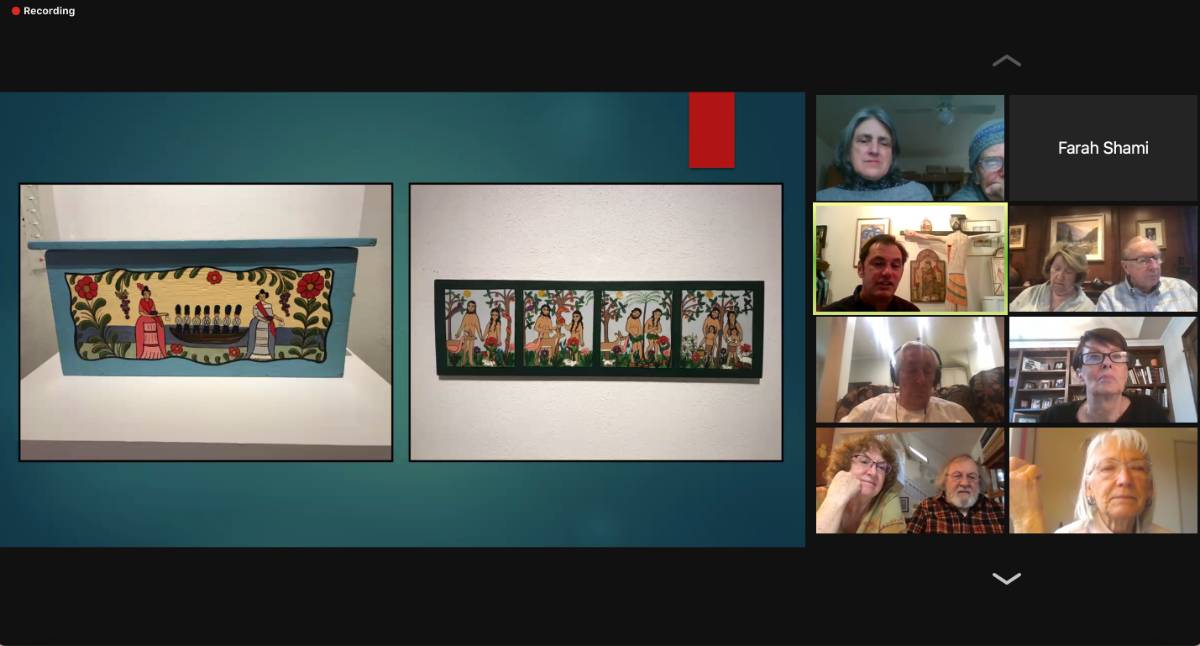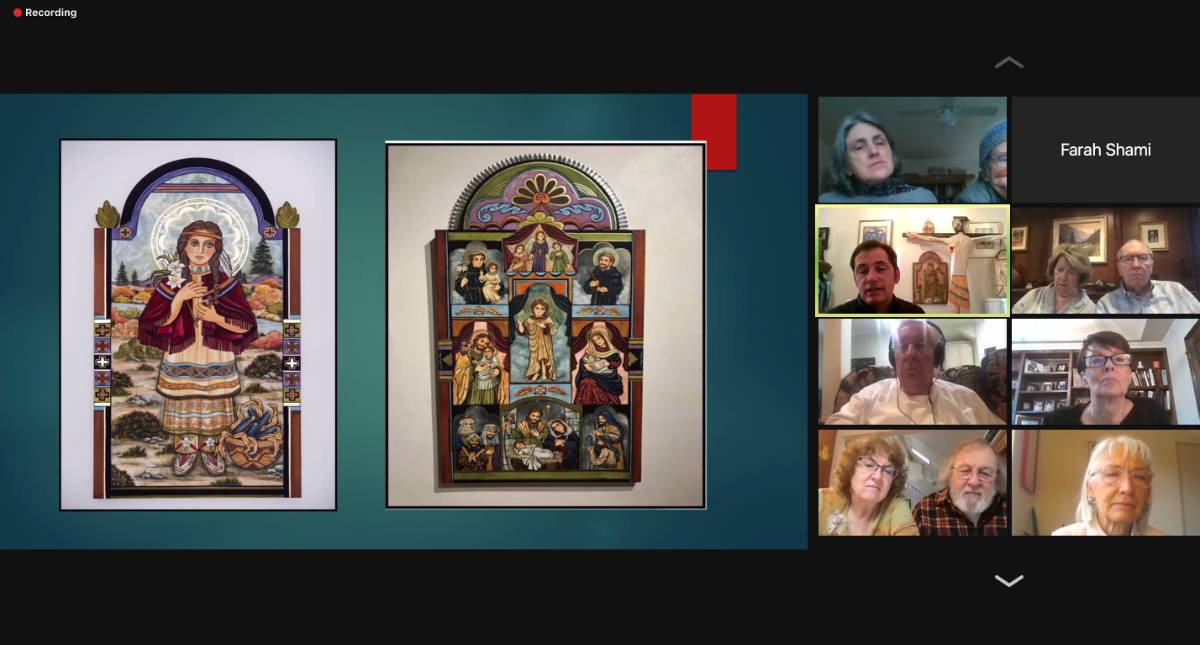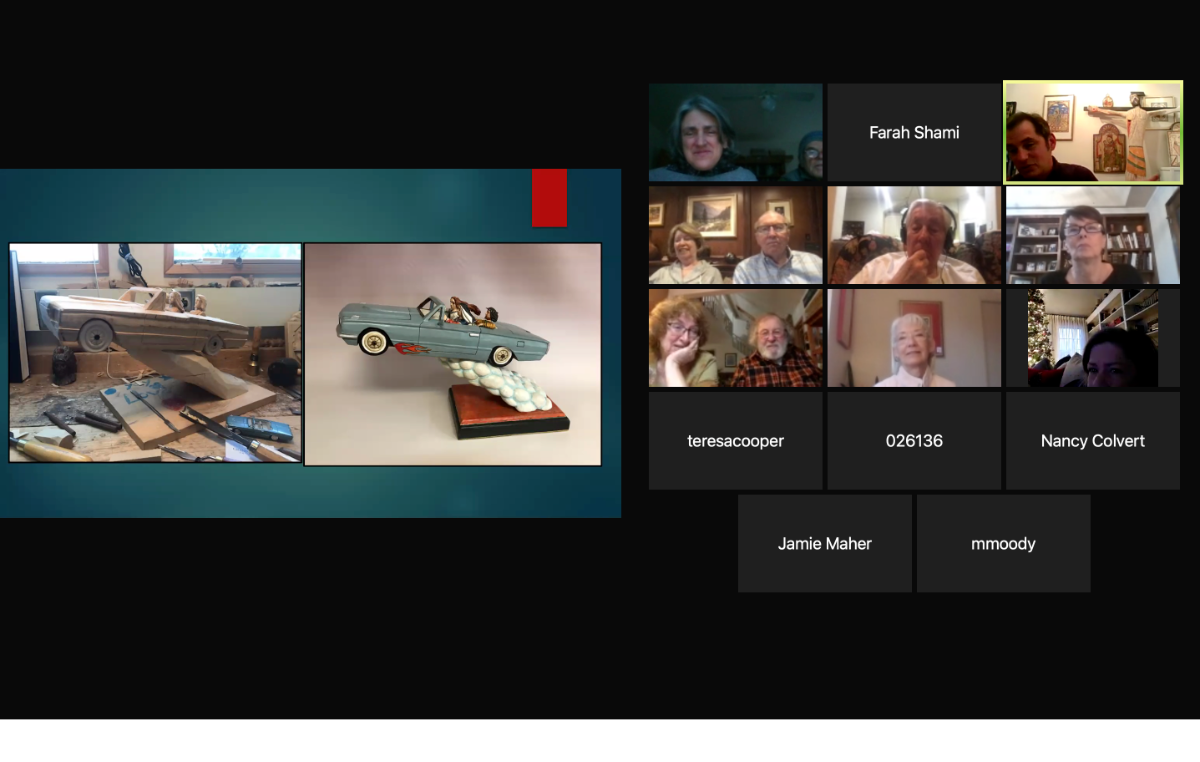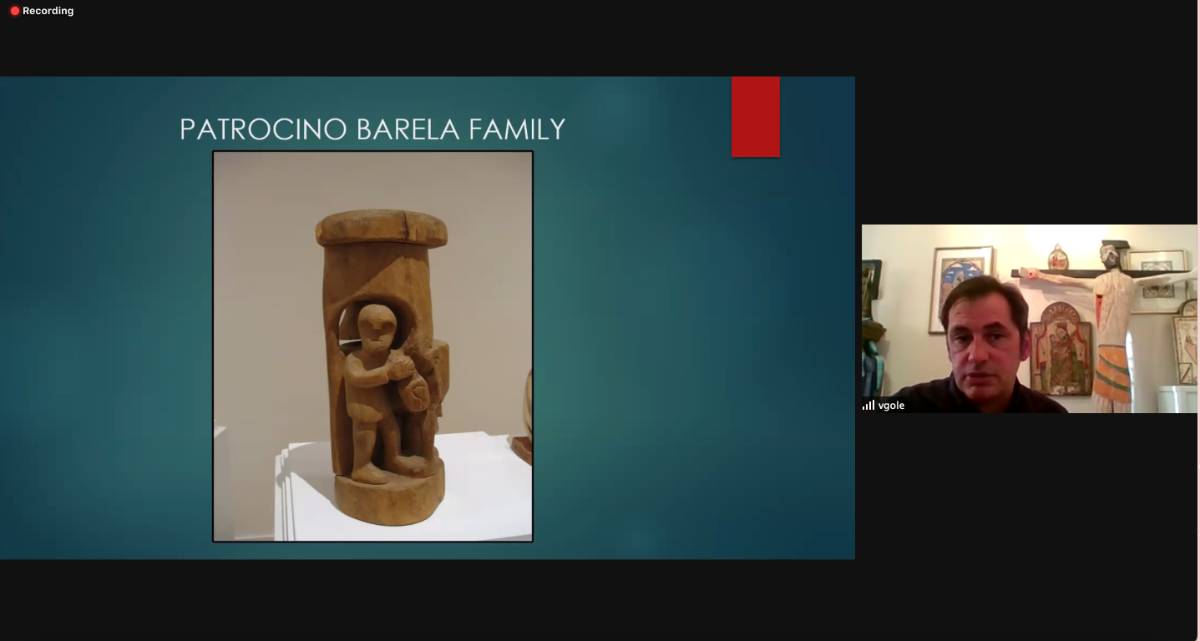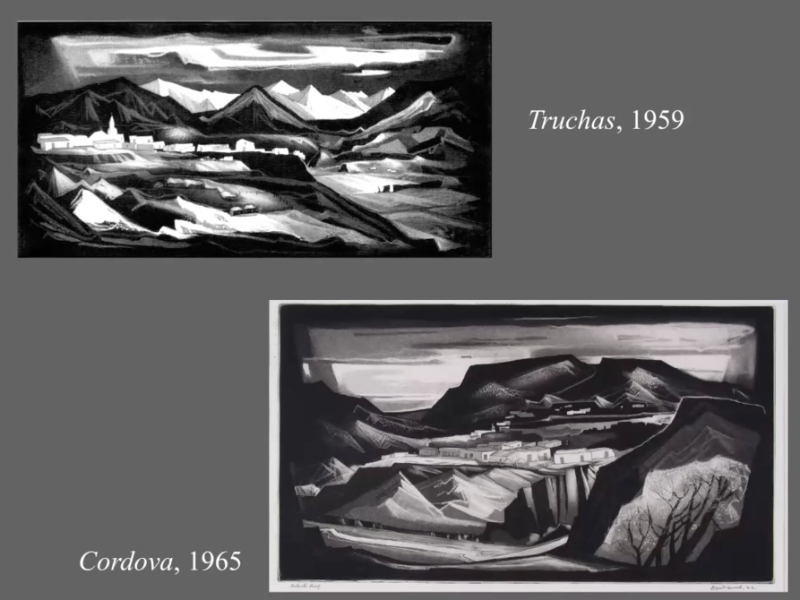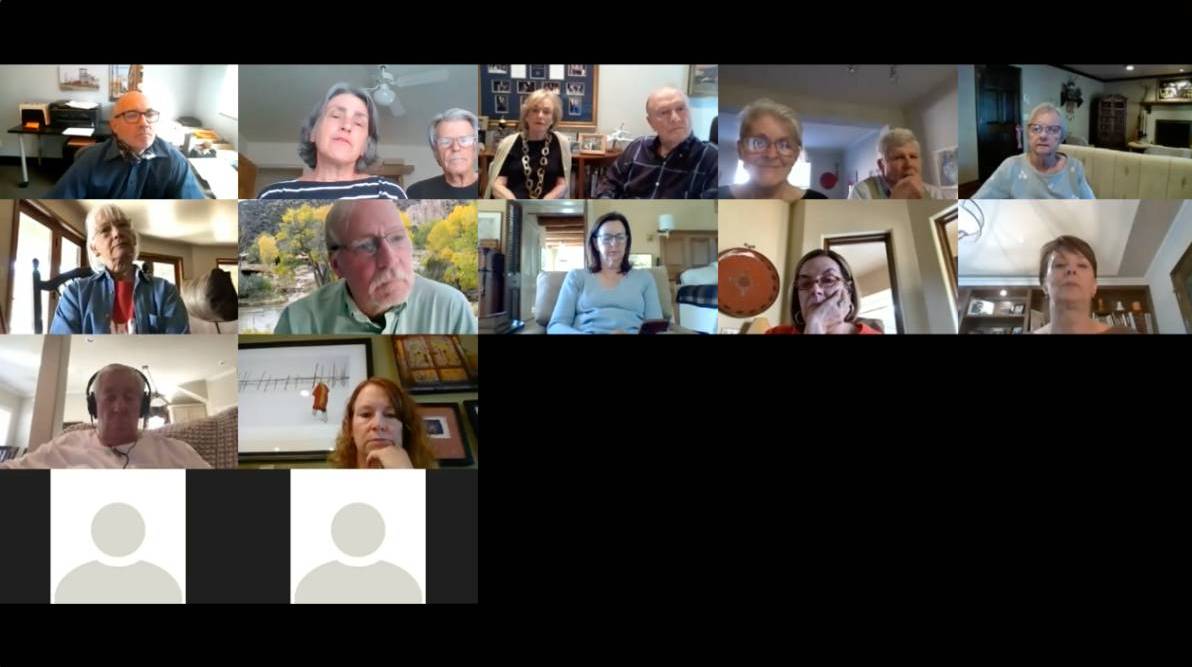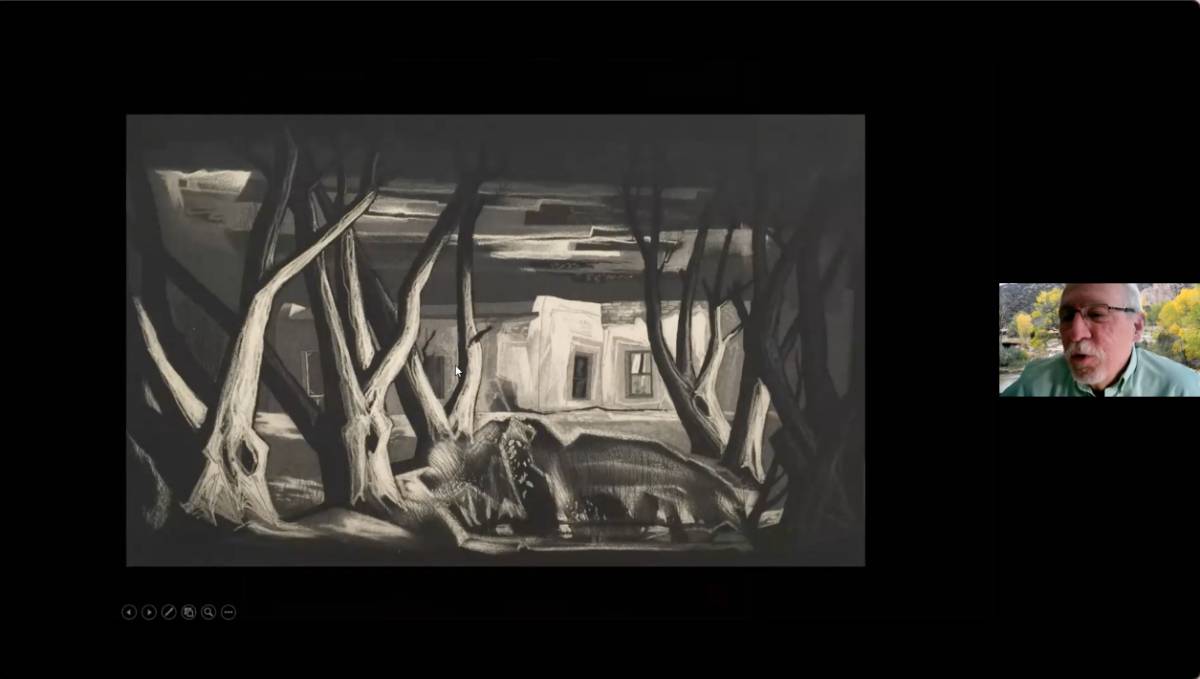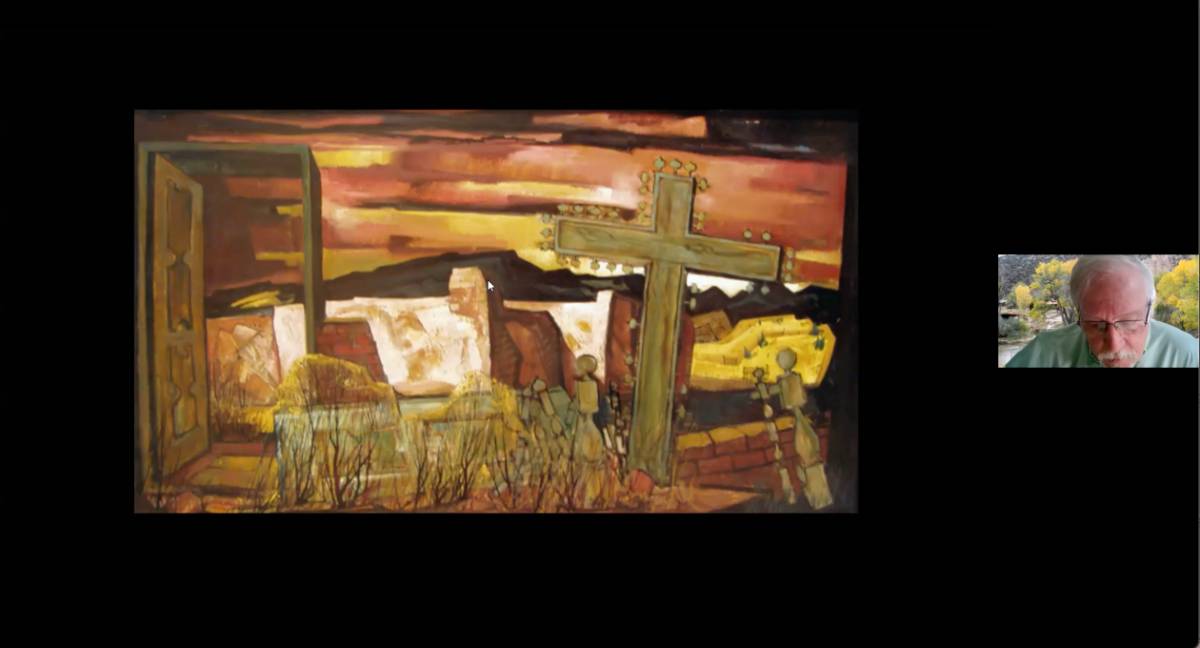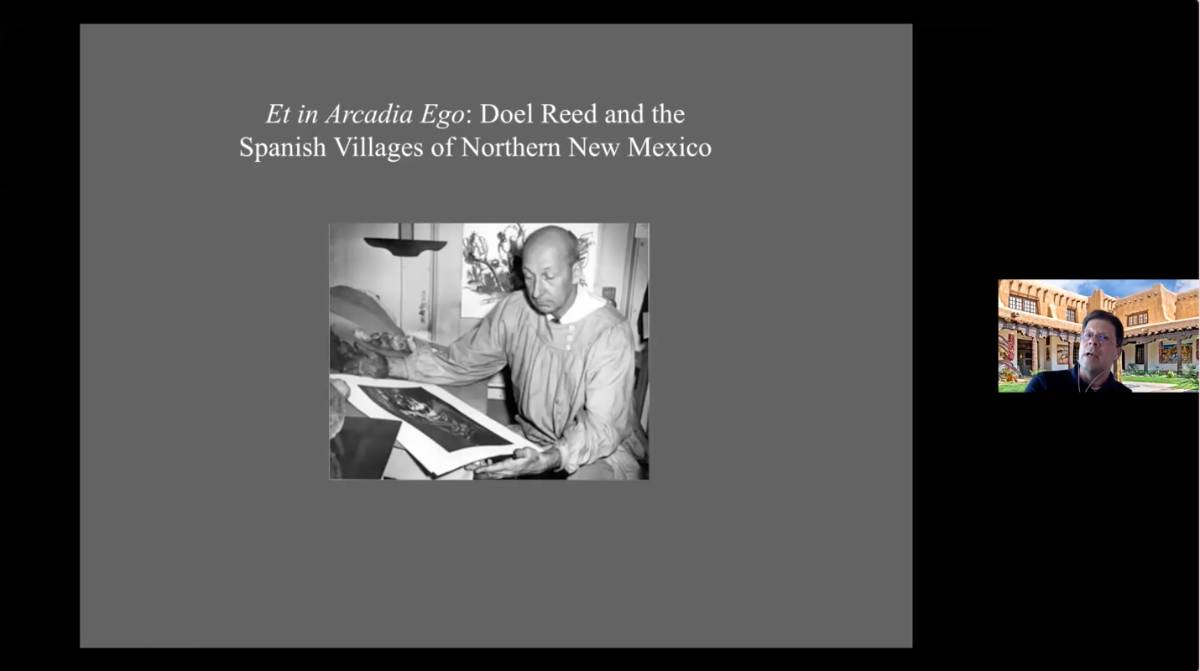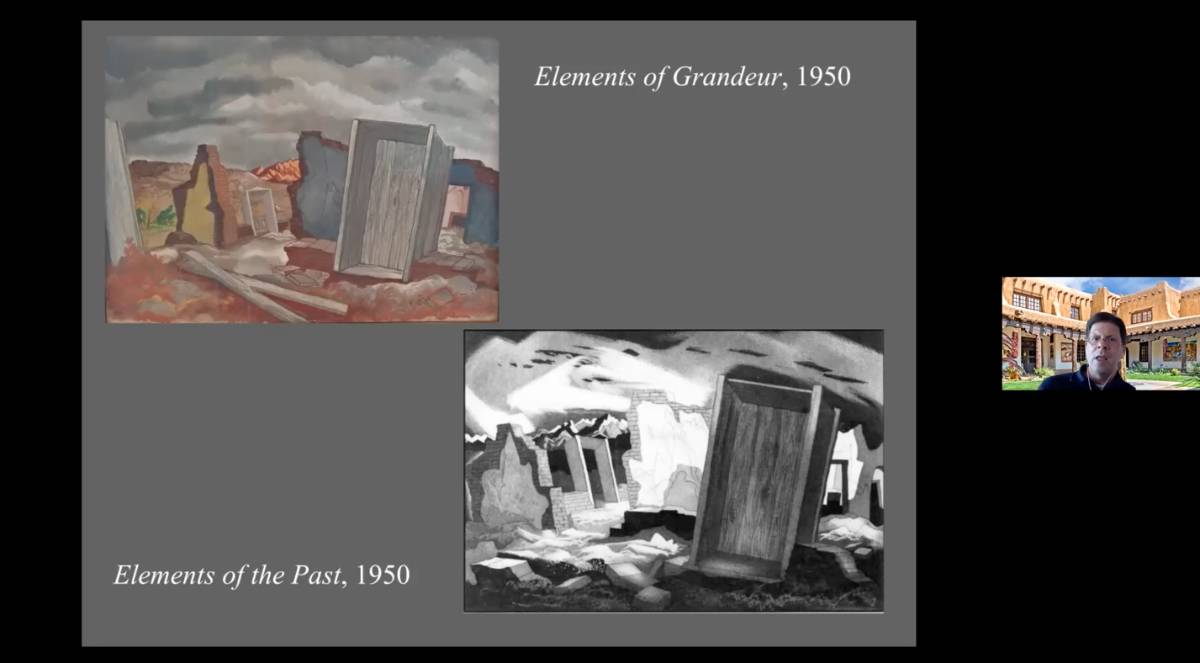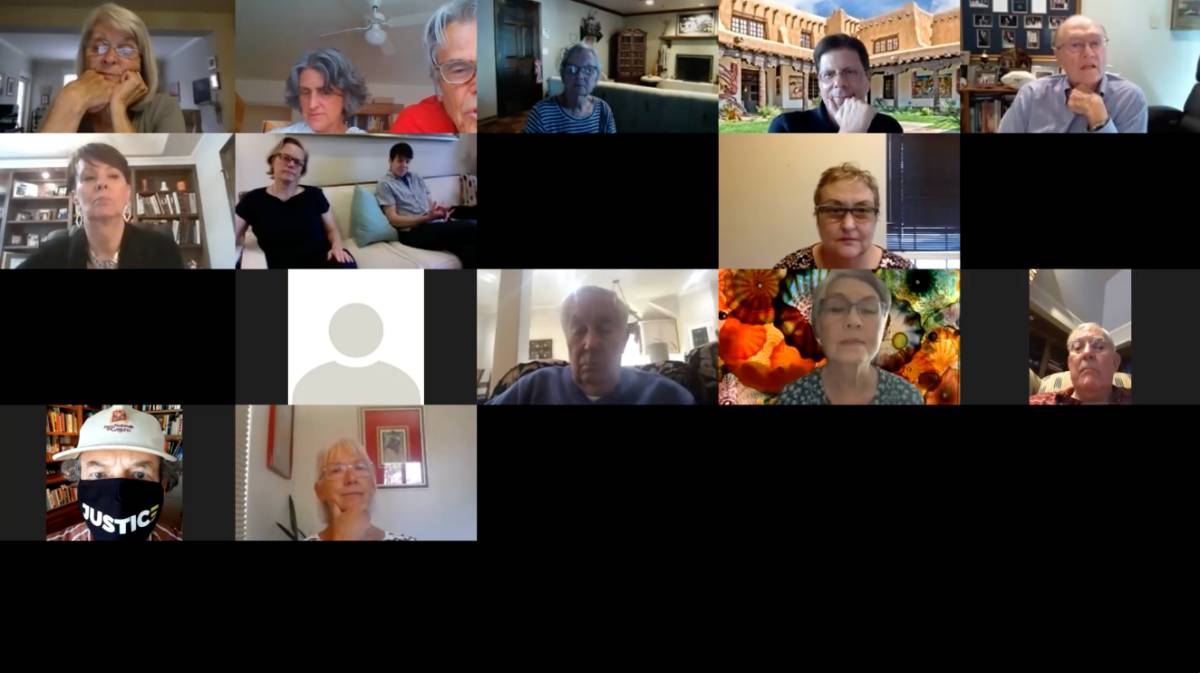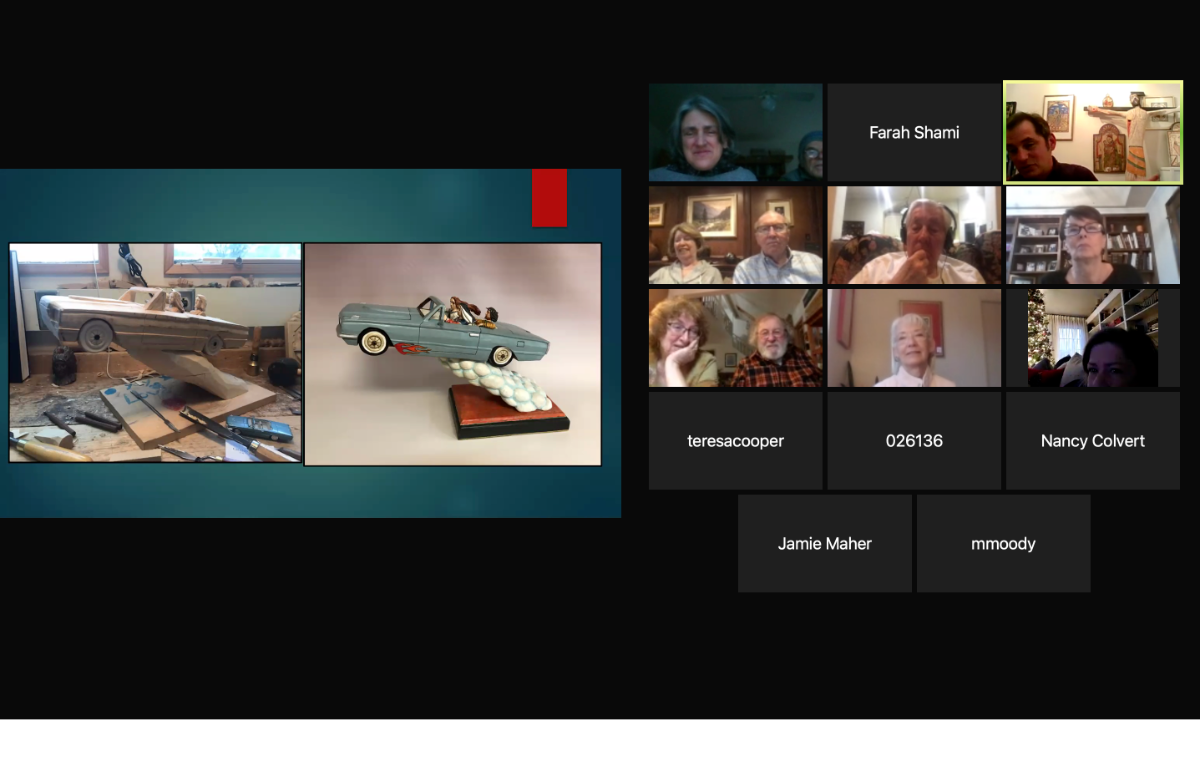News and Events
2020 Virtual Leisure Talks: Topics and Insights
After the successful virtual Leisure Learning courses offered during the Summer and amid the ongoing COVID-19 pandemic, the center stayed connected to its friends and students through its virtual programming by offering Leisure Learning talks and discussions in the Fall. Participants from different cities and states participated in these lectures. All lectures were followed by interactive Q&A sessions about the material and topics discussed.
The first series offered in September and October was a 3-lecture series about Doel Reed. The first lecture, “The Mid-western United States will provide the typical American art of the future:” Doel Reed, Regionalist Painter and Printmaker (1930-c1945), by Rebecca P. Brienen, discussed how Doel Reed adopted and rejected European styles and influences during the period between 1935 and 1945. The lecture focused on how regionalism dominated American art during that period and how Doel Reed’s work reflected the Regionalist movement. The second lecture in the Doel Reed series was Doel Reed: Hispanic Influences and Resonances, where Ed Walkiewicz focused on “Reed the man and Reed the artist.” He also highlighted the Hispanic influences or resonances on Doel Reed’s artworks, before and after he began visiting Taos. In the third lecture, Et in Arcadia Ego: Doel Reed and the Spanish Villages of Northern New Mexico, Mark White talked about how Doel Reed’s paintings of small Hispanic villages offer intriguing insights into the changing landscape of New Mexico in the post-World War period. The lecture included selections of Reed’s work along with interpretations from White. The lecture revealed that time and loss were central thematic concerns to Doel Reed throughout his career. Reed was fascinated with the geological history of the Sangre de Christo Mountains and the archaeology of northern New Mexico. His work also reflected the issue of cultural loss, which was represented in the abandoned and crumbling adobes he portrayed. Mark quoted Reed saying, “I looked at those old ruins and I thought that when that house was built what great joy it must have been having a new house. But finally the young people begin drifting away and the old people died, and now the house is dying.” Reed’s desire to preserve the past was due to his interest and ongoing connection to architecture.
The second series of lectures offered in December, presented by Gustavo Victor Goler, revolved around the Devotional Arts of New Mexico. The first lecture, New Mexico Santo Evolution 1795 -2020, featured a PowerPoint presentation reviewing the history of the Devotional arts of New Mexico, including early Saint Makers (Santeros), who worked to create devotional pieces that changed the art form, bringing economic and intellectual interest generated by collectors, artists, and scholars. The lecture included characters that were involved in sparking an interest in Santos. Several important museums were established due to the interest in “the last of early American Folk Art.” The second lecture, Contemporary Evolution of the New Mexico Devotional Arts: c.1980-2020, talked about the evolved artwork that is deeply influenced by the cultural history of New Mexico and how the past four decades incorporated a modern direction within the depiction of Saints. Goler displayed beautiful artwork by Spanish artists, carvers, and painters, who have different styles. Victor explained the context, technique, and style used for each piece of art. Different materials, styles, and in-depth research has allowed the Santeros/ Santeras to move in different directions. Also, the lecture explored the expansion of the contemporary movement in terms of material, movement, sensitivity in the pieces, and the great contributions made by women to the art form.
2020 Virtual Leisure TalksTopics and Insights

